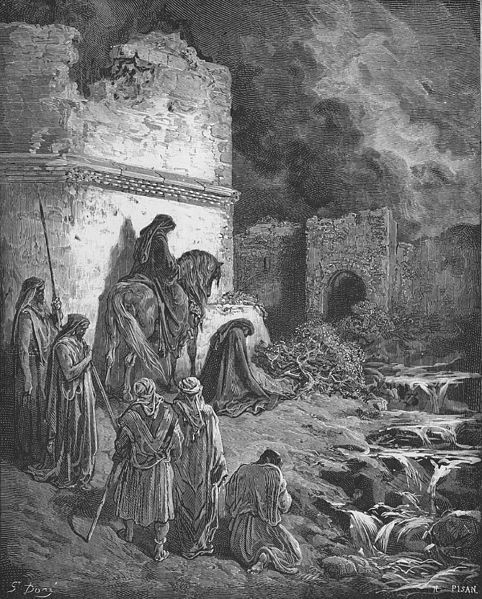
Photo ©2006 Wikimedia Commons user Trounce. Licensed under CC-BY-SA
Today I got personally insulted (by insinuation) on Facebook. And it pleased me no end. Because the insult was based on the kind of prejudice that proves my point better than any argument I could make.
I got enticed, against my inclinations, into a discussion about homosexuality. A woman asked me how I knew that homosexuality was a sin. (An inexact description of my position, as I consider only homosexual actions sinful; the orientation itself is neither here nor there, except as an aspect of the Original Sin we all share).
I told her that I’d read the Bible, rather than just hearing it talked about.
She admitted she hadn’t read the Bible, but said that she was pretty sure I hadn’t either.
Well, I have. More than a dozen times. But I found her assumption fascinating and revelatory.
We Protestants are prone to seeing Biblical ignorance as an aspect of the Dark Ages. Illiterate Christians of those times viewed the book with superstitious awe, even fear. Only the priest, enjoying magical protections, was able to unpuzzle its mysterious symbols and mediate its meaning to the common folk.
We have entered a new Dark Age, in terms Biblical knowledge. Once again the average church member sees the Bible, not as a book to read, study, and discuss, but as a fearsome talisman. It’s so long, and so full of riddles. We dare not approach it. Open that cover, peruse those mysterious words, and a madness is likely to seize us. Soon we may be changed out of recognition. We may no longer be able to live our lives as we are accustomed to.
Which, of course, is true.








